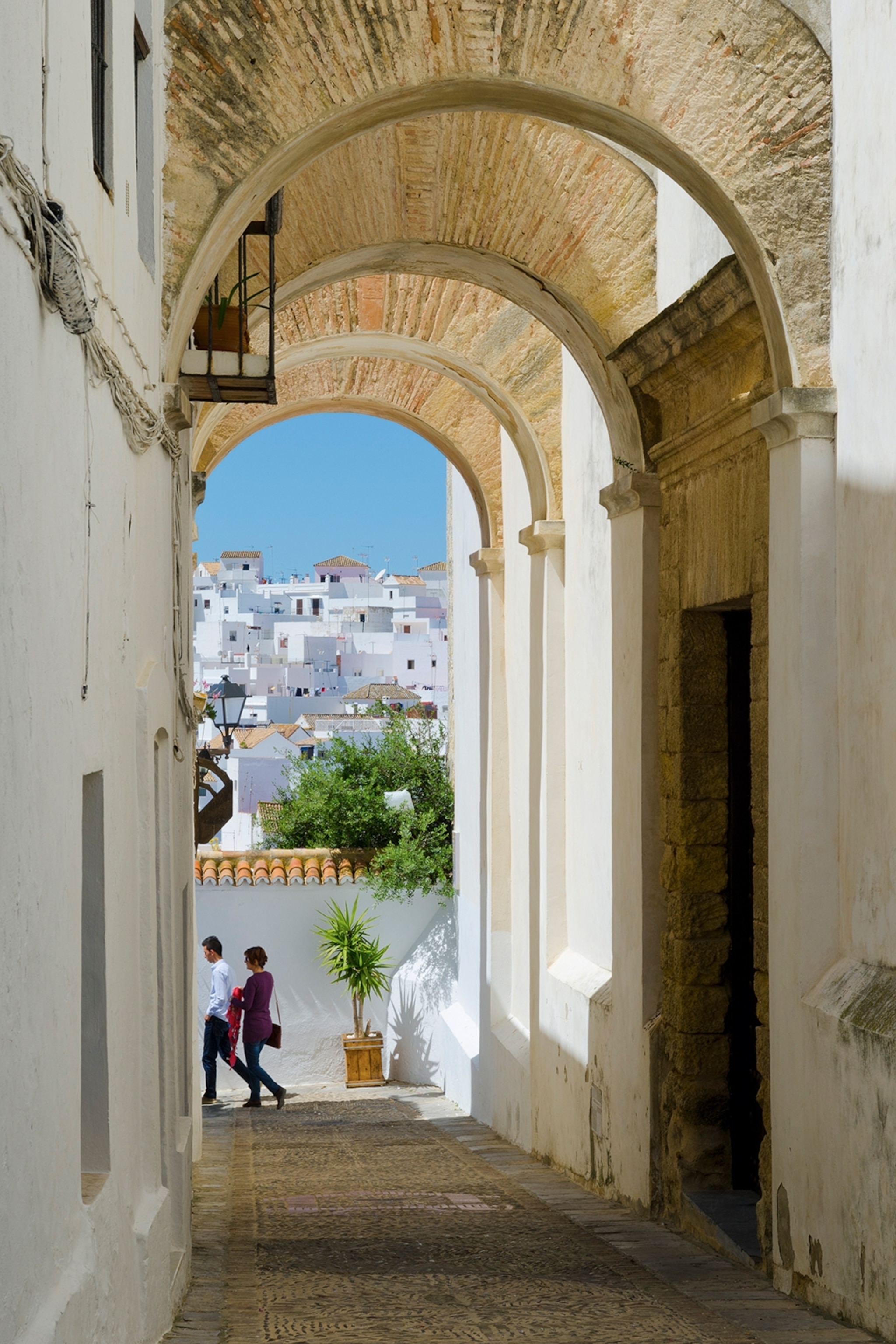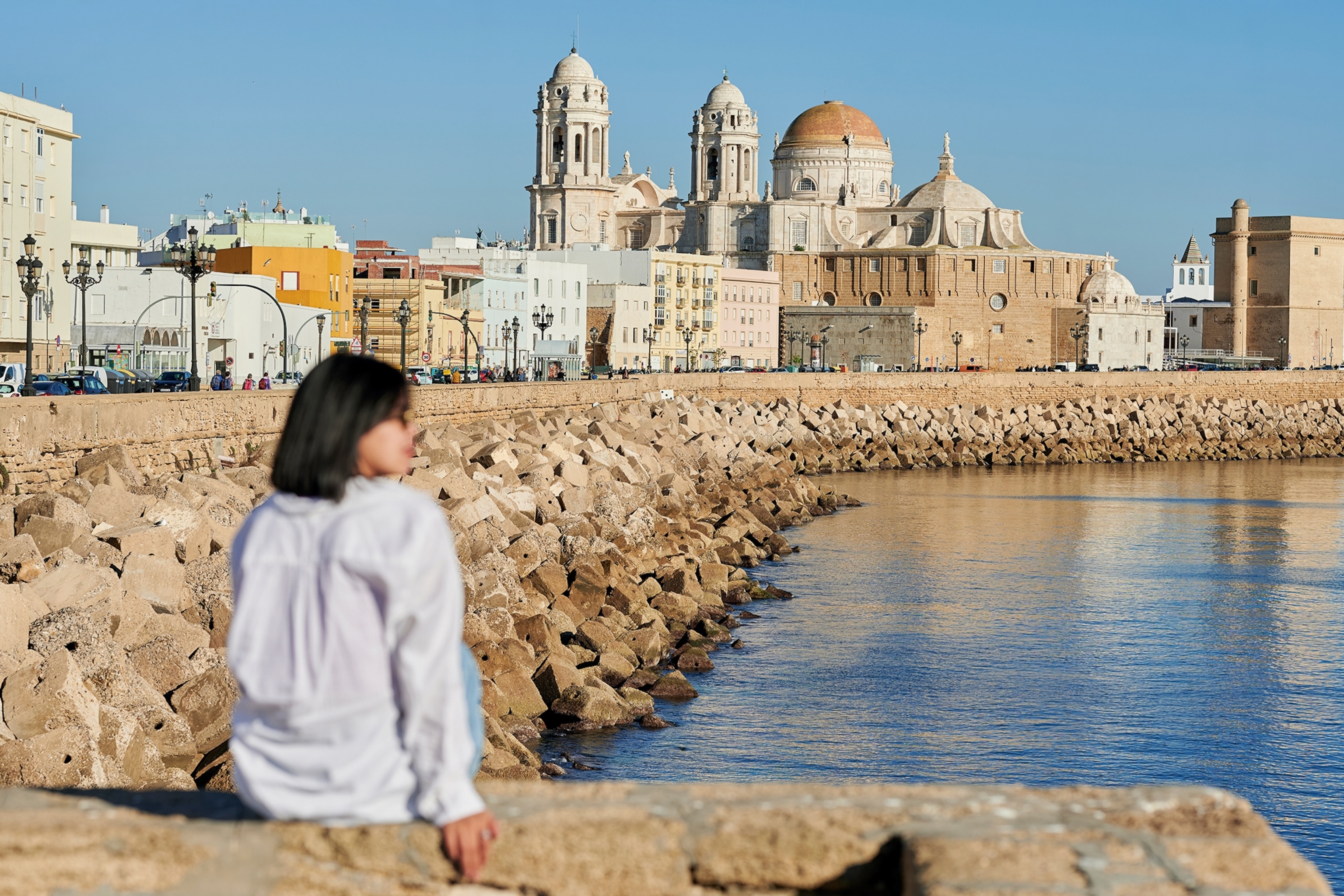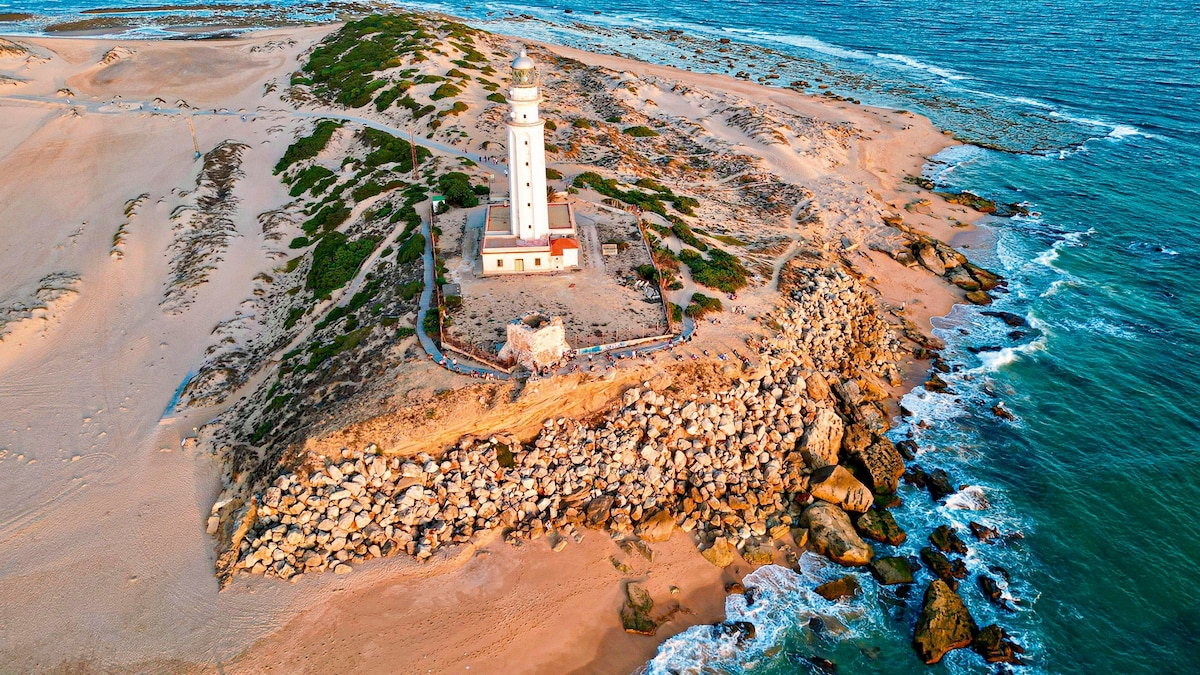This article was produced by National Geographic Traveller (UK).
From wild Atlantic beaches to pine-clad cliffs and seafood feasts in the dunes, Spain’s luminous Costa de la Luz is a region that rewards slow discovery. Shaped by history and nature, it’s a place where tuna has been fished for millennia, wetlands echo with bird calls, and horses canter into blazing sunsets. Its contrasts are striking, its stories compelling — and these six highlights capture the coast’s enduring allure.
1. Dine on tuna in the dunes
For three millennia, Atlantic bluefin tuna has been fished in the bountiful waters off the Costa de la Luz using an elaborate net-and-line technique known as almadraba. Today, the practice isn’t just the culinary cornerstone of this coastline, it’s part of the cultural fabric — celebrated in everything from ceramic-tile mosaics to place names and seafront sculptures. Befitting its name, the town of Zahara de los Atunes (Zahara of the Tuna) offers one of the most celebrated spots to sample the dish: Restaurant Antonio Zahara. The stylish decor is big on blonde wood, caramel banquettes and statement lighting, with floor-to-ceiling windows framing the swaying dune grasses and pounding surf beyond. Have your tuna salted, grilled, spiced with wakame seaweed or served as deliciously tender sashimi. Oysters, lobster, tiger prawns and the coastline’s fabled Retinto steak further enhance the menu. Mains from €20 (£17).

Vejer de la Frontera is protected as a site of cultural and historical significance in Spain. Photograph by Alan Copson, AWL Images
2. Saddle up at sunset on Playa de El Palmar
There can be few sights as evocative as a horse galloping along a beach, hooves kicking up sand or splashing through the shallows cinematically. This is a common sight as late afternoon bleeds into early evening on this huge sandy strand that extends south from the charming whitewashed town of Conil de la Frontera. The generous dimensions of the beach make it a popular choice with the nearby Cortijo Mangueta stables, which offers a range of tours, experiences and lessons. New to horse-riding? Join a relaxed, 90-minute guided trot along the sands. Those who are more experienced should opt for the 2.5-hr sunset route, during which riders can gallop at various points under the watchful eye of the experienced instructors. A strip of dunes separates the sand from the lone coast road, which is lined with surf shacks and hip beach bars that are perfect for a post-ride sundowner. An hour’s ride starts from €50 (£43).
3. Hike La Breña y Marismas del Barbate Natural Park
The second-largest coastal reserve in southern Spain, spanning around 19sq miles, La Breña y Marismas del Barbate Natural Park showcases the very best of the Costa de la Luz: peace, natural beauty and stirring seascapes. It’s best tackled at a leisurely pace from the traditional fishing town of Barbate, or hilltop Vejer de la Frontera. Trails are well defined and the flora is mesmerising, with carpets of wildflowers shaded by tightly knit umbrella pines, and juniper forest merging with fig trees and seagrass meadows. A major avian highway runs through (or rather above) this area, as hundreds of thousands of birds migrate between continents. Keep your eyes peeled for jackdaws, kestrels and even the odd peregrine falcon or sun-blockingly-broad griffon vulture. The park’s coastal strip is particularly spectacular, with sheer-sided, 328ft-high cliffs falling away to the raging surf.
4. Make the pilgrimage to Cape Trafalgar
One only needs to glance at a map to understand why so much martial history has played out along this coastline over the centuries. It’s the crossroads of the Atlantic and the Mediterranean; Europe and Africa. One of the most consequential of clashes was the Battle of Trafalgar in 1805, when Admiral Lord Nelson went toe to toe, canon to canon with the combined French and Spanish fleets off the headland from which the battle is named. It’s a richly atmospheric spot, defined by the 112ft-high lighthouse that rises from the buttery-yellow dunes. Stare out to sea and imagine the carefully orchestrated carnage of the 60-ship battle, in which Nelson — standing proud on his 104-gun flagship, HMS Victory — masterminded an improbable victory but was fatally wounded in the process. Look out, too, for the remains of a watchtower built by Philip II in the 16th century to defend the area from Berber pirates.

Cádiz Cathedral in the town’s renowned bay took more than 100 years to fully complete. Photograph by Kiko Jimenez, Getty Images
5. Explore the wetlands of the Bay of Cádiz
For centuries, the product of the sprawling salt pans in what’s now the Bay of Cádiz Natural Park powered Spain’s maritime exploration. Seawater would be directed into large, shallow basins using a system of channels and tide gates, evaporation through sun and wind would expose the salt and this would be used to preserve food for transcontinental voyages. Refrigeration has long since rendered such pans redundant but echoes of the industry are everywhere in this protected, unerringly flat natural park just south of Cádiz. Bike trails and walking paths thread through the landscape, linked by multiple arched foot bridges. Rent a bike in Cádiz or San Fernando, which overlooks the wetlands, and explore an area that’s become one of Andalucia’s most important ornithological hotbeds, with an estimated 50,000 aquatic birds, ranging from sandpipers and godwits to flamingos and avocets.
6. Take a boat ride to Rota
If you’re travelling up the coast in the direction of Portugal, you’ll find that the Costa de la Luz comes to an abrupt and dramatic halt at Cádiz. Once an island, the city is now surrounded almost entirely by sea, with a slender causeway to the south and the vast Bay of Cádiz yawning open to the north. It’s no penance, however; the necessary ferry trip across the shimmering bay to the beach-lined peninsular town of Rota, in order to continue your journey, is a scenic delight. The short crossing offers a rare and striking perspective of ancient Cádiz, its skyline punctuated by church domes and watchtowers, just as it would have appeared to merchants and seafarers all those centuries ago. The ferry only costs a few euros takes a little over half an hour — a journey that, with the sun sparkling on the water and the sea breeze in your face, slips by far too fast.
To subscribe to National Geographic Traveller (UK) magazine click here. (Available in select countries only).
